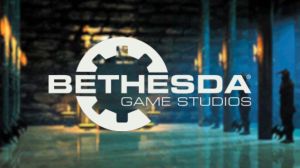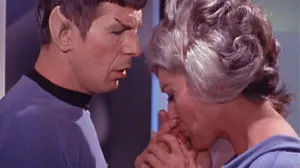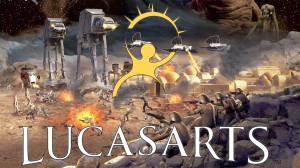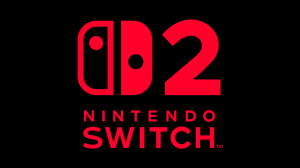Tomb Raider has grown alongside the ever-changing landscape of gaming, modernized with every new entry with upgraded graphics, gameplay, environments, and level design. Getting more and more realistic with each release, Tomb Raider began to lose its identity as it drifted too close to providing a purely cinematic adventure, shying away from a platformer that invited exploration and freedom. An arcadey origin that has reached new heights ever since, your favorite Lara Croft is likely fuelled by nostalgia, with a favorite determined by the series you grew up with.
Videos by ComicBook.com
Nostalgia is a powerful drug, but is it right when it comes to this iconic franchise? Which era of Tomb Raider did you start off with? Split into three series, each telling a compact timeline of Croft’s adventure, this list will rank the originals and lone remake (Legend prequel) without any remasters. We are also only ranking Tomb Raider games, not Lara Croft. It’s rather difficult to compare each series to another when they’re vastly different, both in Lara Croft’s depiction and sheer differences in game design. With that being said, here’s every mainline Tomb Raider game ranked from worst to best.
12) Tomb Raider VI: The Angel of Darkness
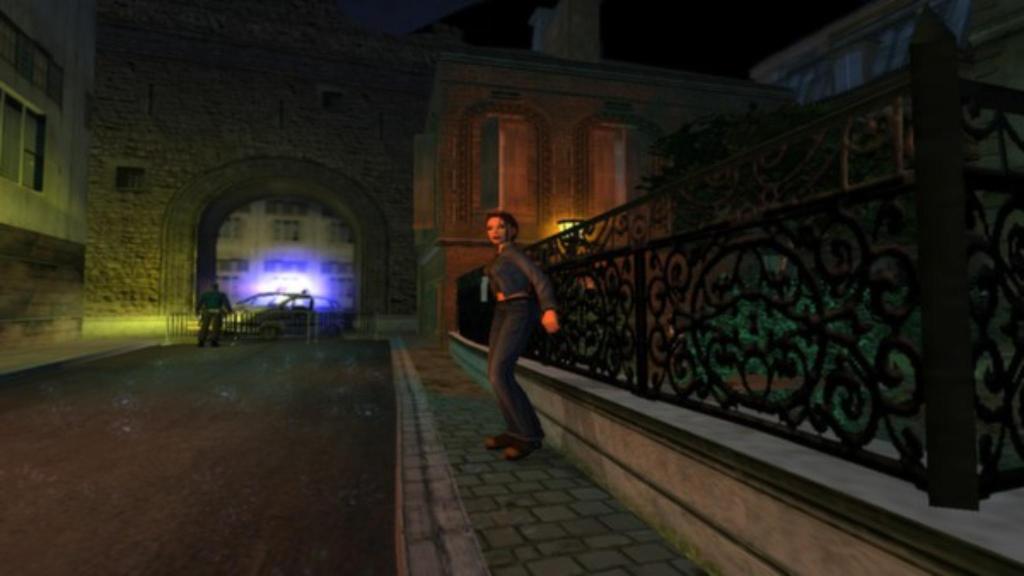
Release date: June 20th, 2003
Timeline: Original Saga
What ruined Angel of Darkness for me is (unsurprisingly) its awful controls. Being clunkier than the original trilogy, Angel of Darkness is an absolute nuisance to get through. Holding onto a strong identity of its challenging platforming origins, it’s insufferable for every action you take is so painfully slow that I cannot make any room for enjoyment.
Unlike the newest series, you cannot just rush your way through each section, for there’s nothing fluid or polished to get through it. The narrative is stronger than others and is one worth visiting in the IV-VI Remastered collection. But for its difficulty to come from controls alone—not platforming, puzzles, or combat—I have to put this as the weakest Tomb Raider game, even though it had potential.
11) Tomb Raider (2013)
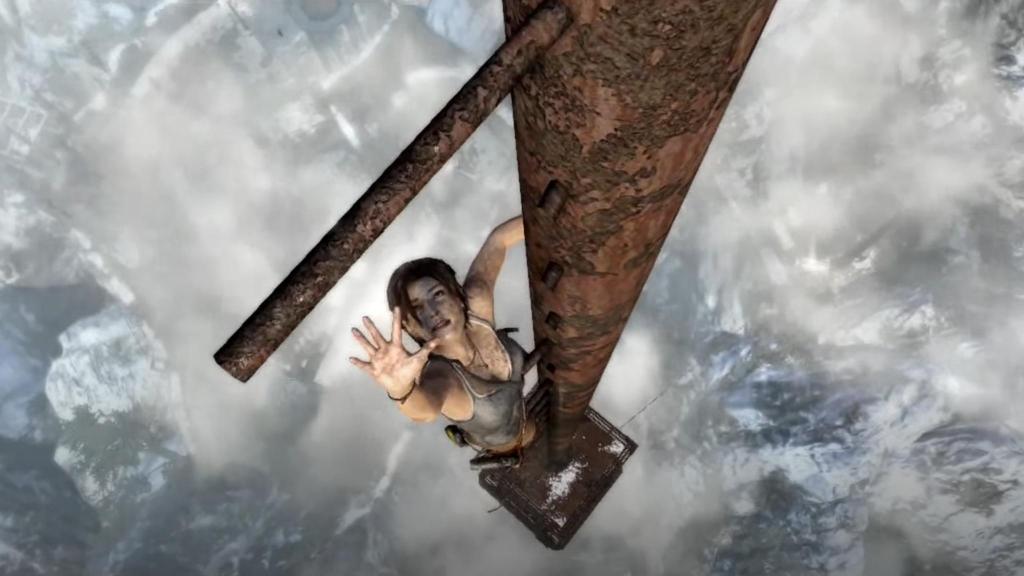
Release date: March 5th, 2013
Timeline: Survivor
The reboot of Tomb Raider is incredibly different from what we know and loved about the original trilogy. Why this version of Tomb Raider just didn’t gel for me is the implementation of weapon crafting and upgrading points via a skill tree and campsite. There was nothing about this game that called back to where Tomb Raider came from.
This title used too many survival elements, focused too much on combat, and completely removed the tension when fighting animals (a staple in the originals). Puzzles were near non-existent and super easy in this installment, too. Its pro is that Tomb Raider tells an interesting story of Lara’s development from scared to fearless, but the gameplay was sadly lacking for me.
10) Rise of the Tomb Raider
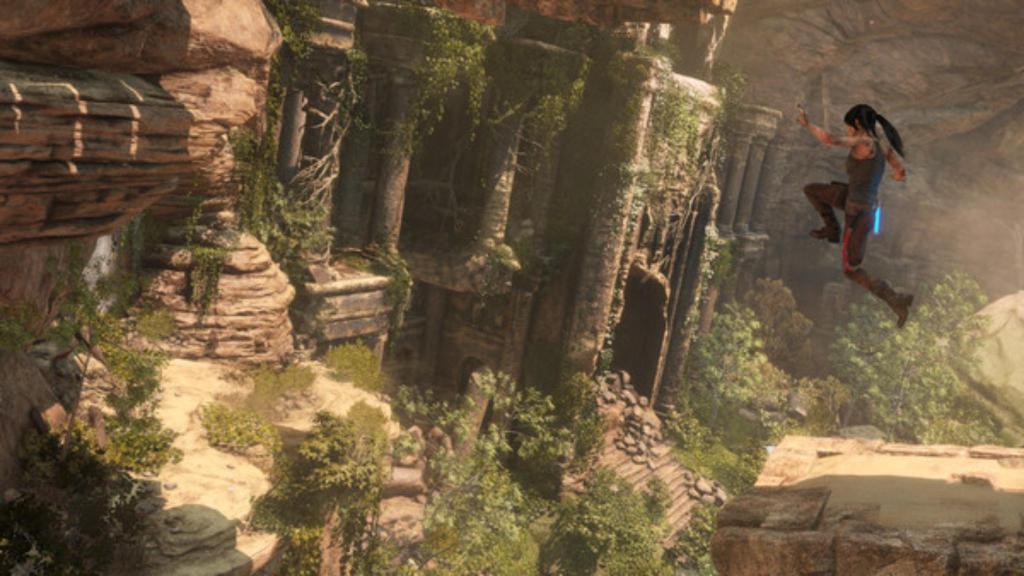
Release date: November 10th, 2015
Timeline: Survivor
The most action-packed modern Tomb Raider game so far, Rise of the Tomb Raider felt like an adventure that anyone could play. The problem I have with the newest series is that it feels too easy at times, as hints are provided by Croft throughout, which is something that didn’t exist in the original trilogy.
This series features simpler puzzles and the usual stealthy combat. Honestly, the number of people Lara takes out with her bow in modern Tomb Raider is mind-blowing. Platforming is implemented in a creative and realistic way, which brought the environment to life. Rise of the Tomb Raider feels like an adventure throughout, yet its combat doesn’t so much feel like a fight for Lara’s survival, but is there to be used purely as gameplay padding.
9) Tomb Raider V: Chronicles

Release date: November 24th, 2000
Timeline: Original Saga
The shortest entry in the franchise, Chronicles doesn’t have the same impact as the first series. It improves visually on the level design and offers a great balance of combat and platforming, but it falls short in being memorable outside of Lara slowly becoming the ultimate spy. The story is good, but there’s nothing breaking the level design into distinct sections.
No amazing soundtrack (in fact, songs repeat across the entire game), making each area just blend into one massive level. While there’s almost no voice acting in the original trilogy, the lack of it in Chronicles is strange and feels very out of place, given that there are more cutscenes here than in the originals.
8) Tomb Raider VIII: Underworld
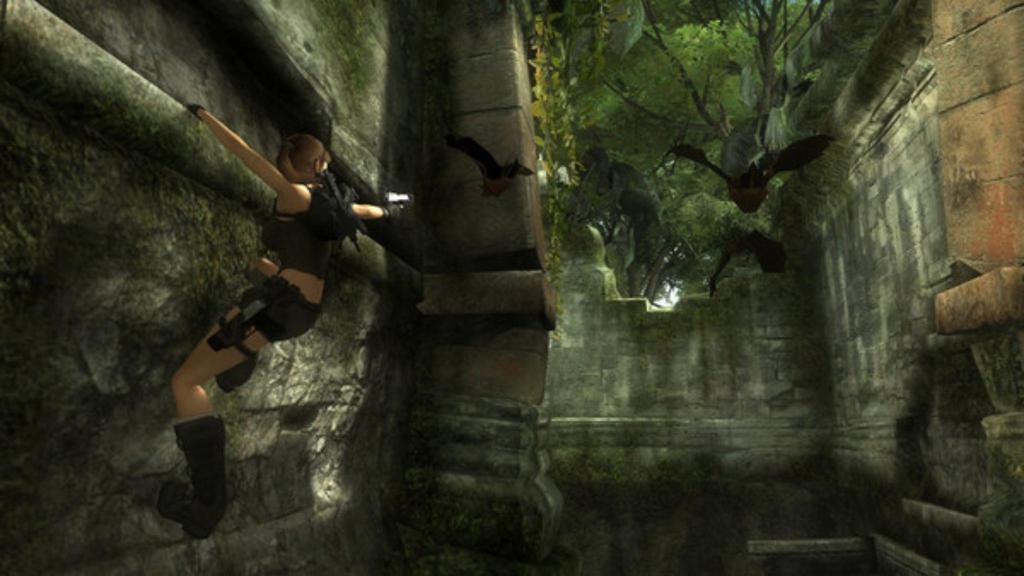
Release date: November 18th, 2008
Timeline: Legend of Tomb Raider
Underworld really wants you to find and pick up all of its collectibles, thus bringing it back to the core of Tomb Raider, which is peak exploration. You’re really invited to take all of Underworld in, to see every inch of it. But this title doesn’t really improve on much, only really acting as a visual and gameplay upgrade to the original trilogy.
The platforming is still rather basic and the environment isn’t as rich as I hoped it would be. Everything is grayscale in its design and features a forgettable soundtrack, making most areas blur into one. However, it is quintessential Tomb Raider; the same cannot be said for others in the franchise.
7) Tomb Raider: Anniversary
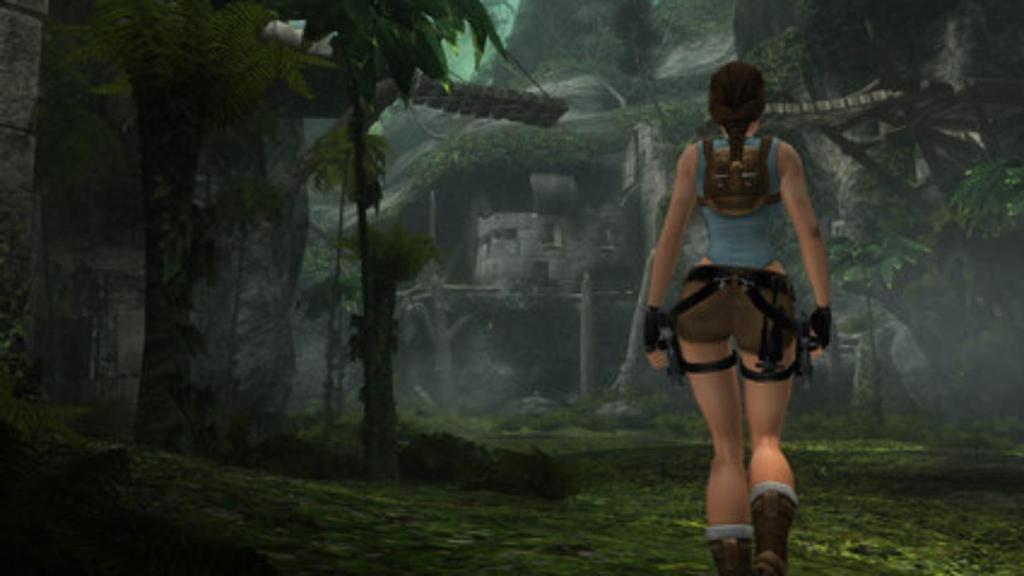
Release date: June 1st, 2007
Timeline: Legend of Tomb Raider
This series was my era of Tomb Raider and Anniversary is where my adventure began. I was hoping for an improvement in the platforming, as this was a remake of the PS1 games, but I instead often found myself jumping off ledges and sending Lara to an early grave. Cutting down on the originals’ content, it’s far easier and quicker to get through Anniversary.
Visually speaking, it’s similar to Underworld in that everything looks the same. I remember spending a ton of time climbing rather than navigating across difficult platforms and never finding it difficult, which is far from my experience with the originals. QTEs flood the game, and it’s missing its crucial atmosphere, but it’s a good game regardless of it not being completely faithful to its source.
6) Tomb Raider VII: Legend
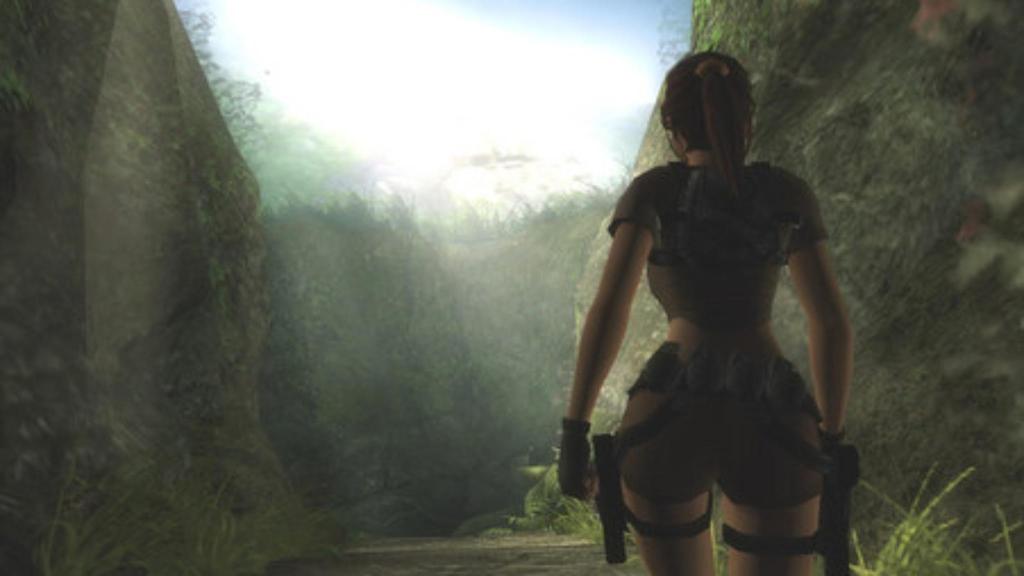
Release date: April 7th, 2006
Timeline: Legend of Tomb Raider
Legend had one of the best narratives and my favorite version of Lara, but the linear and restricted path to the end made this adventure feel far simpler and easier than most. Legend is the first in the franchise that plays very much like a movie, focused more on increasing the pace of play, offering better controls, graphics, and QTEs to get you from point A to B.
There’s a ton of variety in Legend, which is super refreshing as gameplay variety doesn’t really exist in previous titles. Even though Legend descends into chaos the further you get, its simpler level design made it far too easy to beat.
5) Shadow of the Tomb Raider

Release date: September 14th, 2018
Timeline: Survivor
A cinematic story that feels more like an Uncharted Legacy title, Shadow of the Tomb Raider fits in with what was most popular at the time. This modern take feels the most like Tomb Raider, even as it uses typical stealth with predictable AI patrolling behavior.
I loved the callback to the original trilogy with the jungle section, as that felt more classic Tomb Raider instead of continuously sneaking around and sniping enemies with Croft’s bow and arrow. However, there’s nothing particularly difficult about this title, especially if you’re used to action-adventure games. This is the best modern and narrative-driven take on Tomb Raider as it perfectly balances puzzle-platforming and combat.
4) Tomb Raider IV: The Last Revelation

Release date: November 24th, 1999
Timeline: Original Saga
The Last Revelation has the hardest puzzles in Tomb Raider. A big improvement in level design and visuals, Tomb Raider IV does the opposite of the third game as it pits Lara against many puzzles, rather than persistent gun fights. Your choice between the two really comes down to preference. Last Revelation had unique enemy types and an eerily dark atmosphere provided by its Egyptian tomb setting.
This was a very puzzle-based entry with platforming elements, not the other way around. A small nit-pick with the minimal fighting is that when one ensues, I always expected a memorable theme to play, but alas, it never happened. Still, there’s a lot of exploration to be had with this one, but backtracking may be a killer for you as the environment never really changes.
3) Tomb Raider III
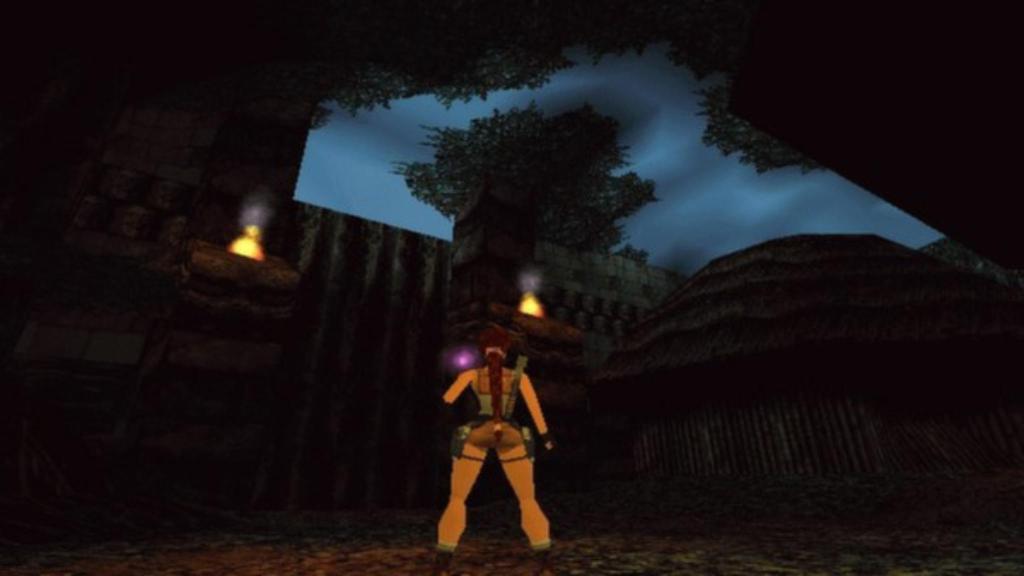
Release date: November 20th, 1998
Timeline: Original Saga
Tomb Raider III completed the trilogy with a more blockbuster feel to it, as it added awesome camera work to immerse yourself in the adventure. It’s very much like its predecessors, but there’s a clear shift towards following Lara as she embarks on her killing spree. The usual threat of animals and booby-traps is strong in this one, and while everyone’s very much used to them by now, a sense of panic can still overwhelm you as booby-traps grow more frequent and complex in their design.
Level design is more intricate than the last and creative in how it forces you to stop and think about where you need to go next. Tomb Raider III had a great atmosphere, memorable locations (some far worse than others), and the toughest combat in the series, as everything around Lara wanted her dead.
2) Tomb Raider
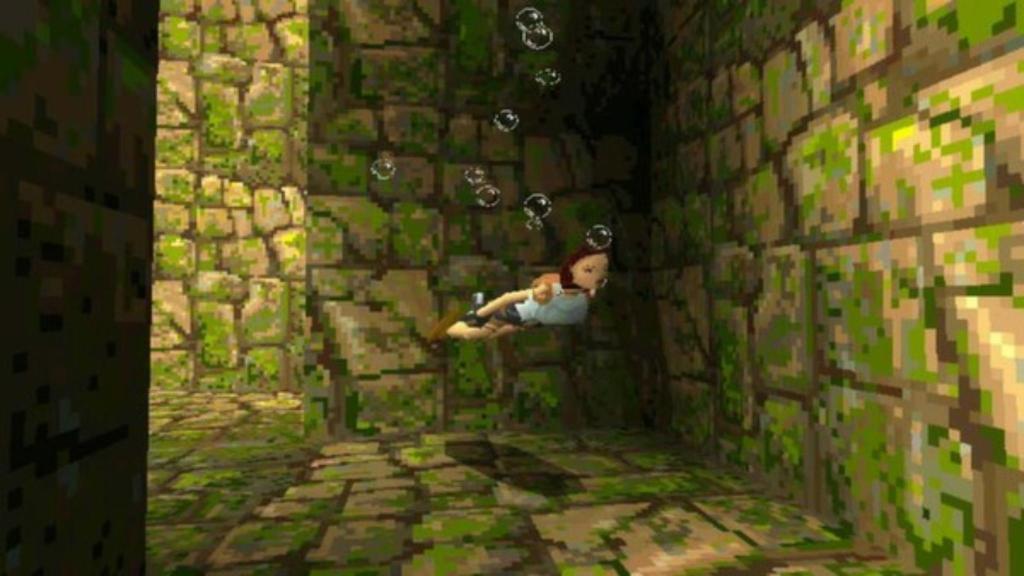
Release date: October 25th, 1996
Timeline: Original Saga
Having the most iconic soundtrack in the entire franchise, Tomb Raider is an unforgettable experience, mostly because of its rather simple game design that still proves a challenge to this day. The auto-aim is nice as it allows you to focus on movement to evade attacks. The arcadey feel delivered in the very first installment offered replayability in how quickly you completed a level, how many kills you got, and whether you found all secrets.
It’s one of those games that incentivized you to keep playing, where the newest series does not. Each area is distinct and strengthened by its unique theme, which makes Lara Croft’s world feel truly alive. Of course, its simplicity meant there’s always room for improvement as Tomb Raider was by no means flawless.
1) Tomb Raider II
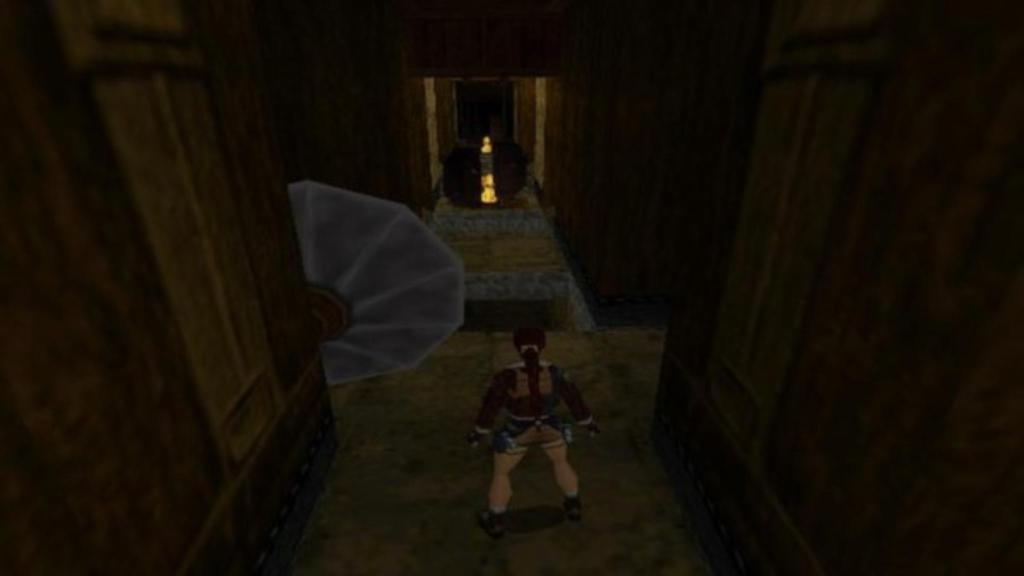
Release date: November 21st, 1997
Timeline: Original Saga
Tomb Raider II held onto what made the first game great and improved on it with elaborate and creative level design. Yes, the world was still flat, but the sequel kept the fundamentals of the franchise whilst upping the challenge significantly. Sound design was amazing as it separated each level with an unforgettable theme. The added touch where enemies call out in the distance, acting as a warning sound that they’re nearby even if you cannot see them yet, was fantastic as it made the atmosphere all the more immersive and tense.
The earliest titles hold onto the “less is more” approach, focused more on perfecting the tiny details, which Tomb Raider II certainly did. Exploration and challenging platforming are at the heart of this game, accompanied by booby traps and death hiding around every corner. You can never feel safe in this entry as there are more booby traps and enemy variety, increasing the overall difficulty of this amazing entry.


